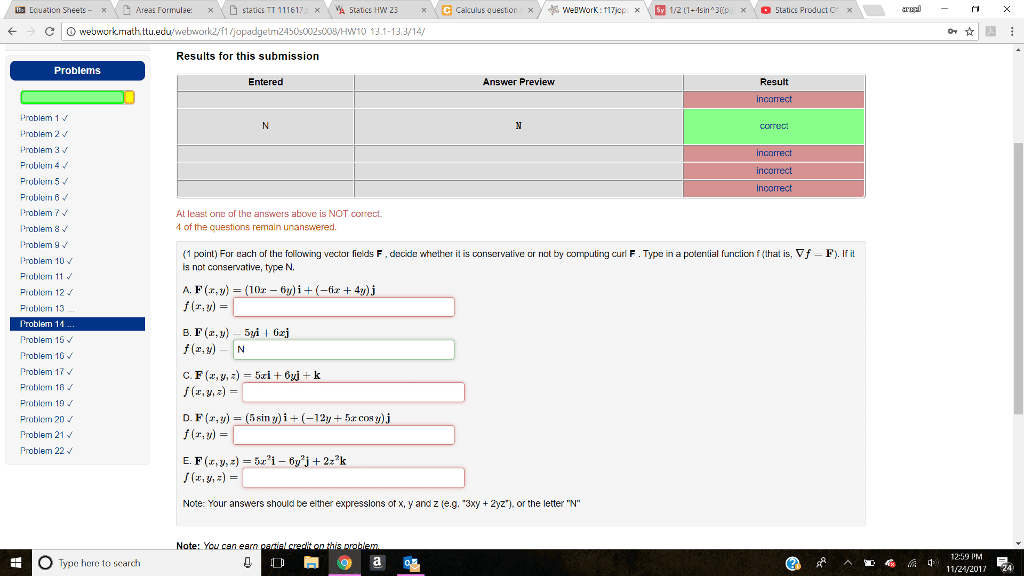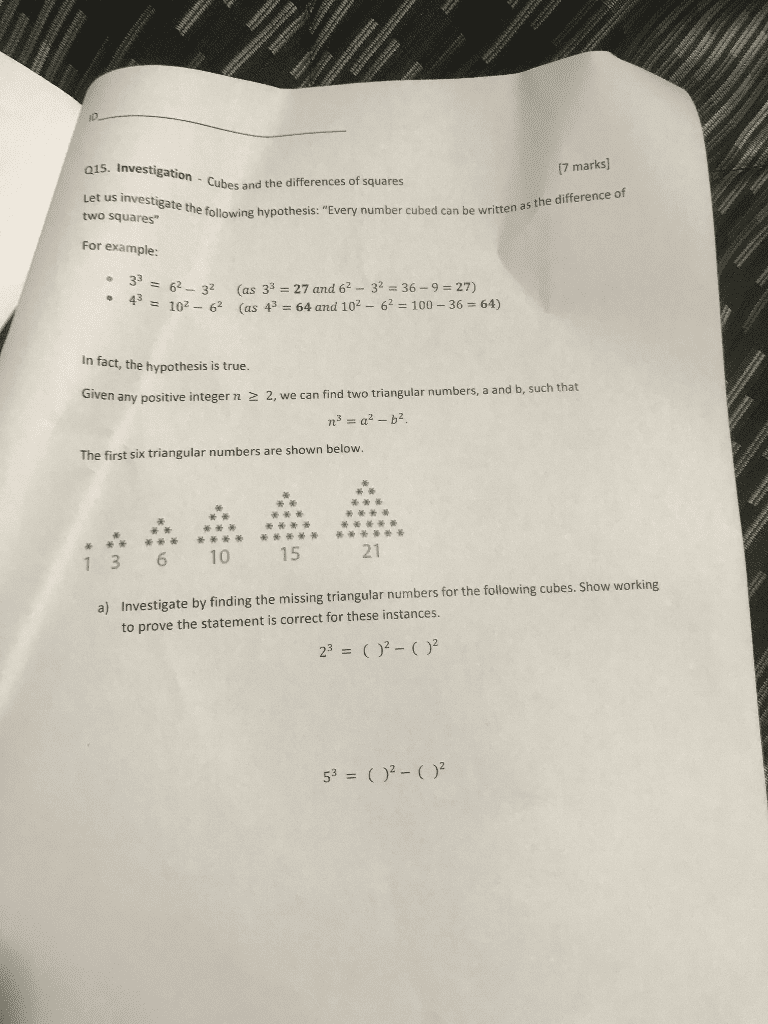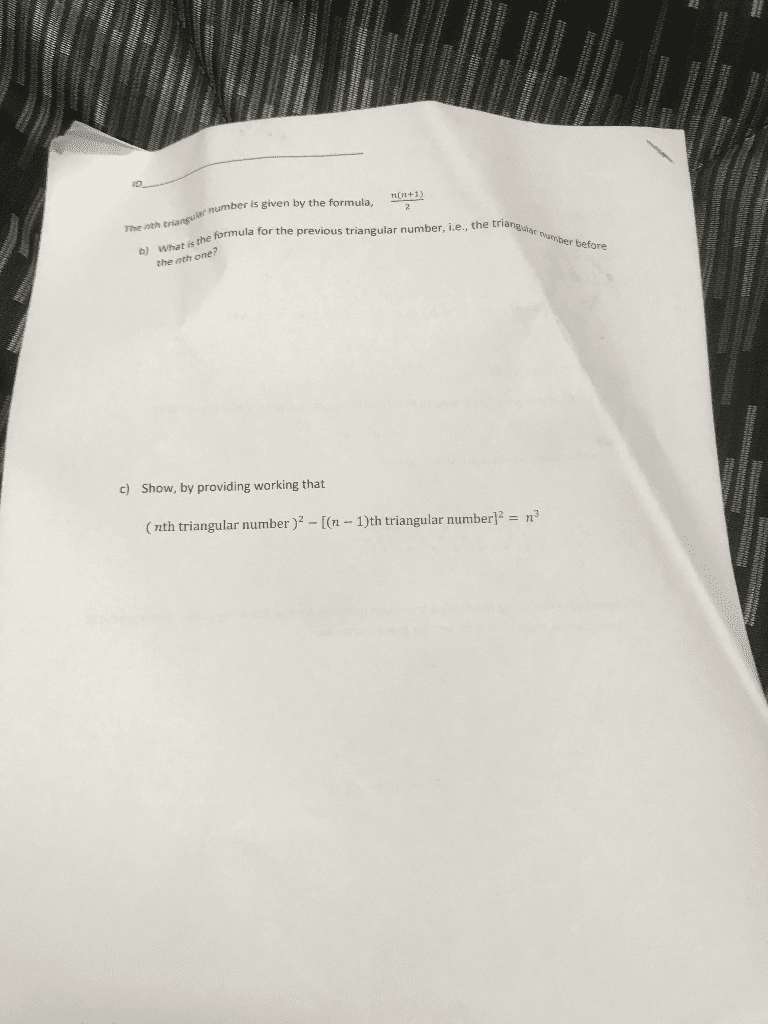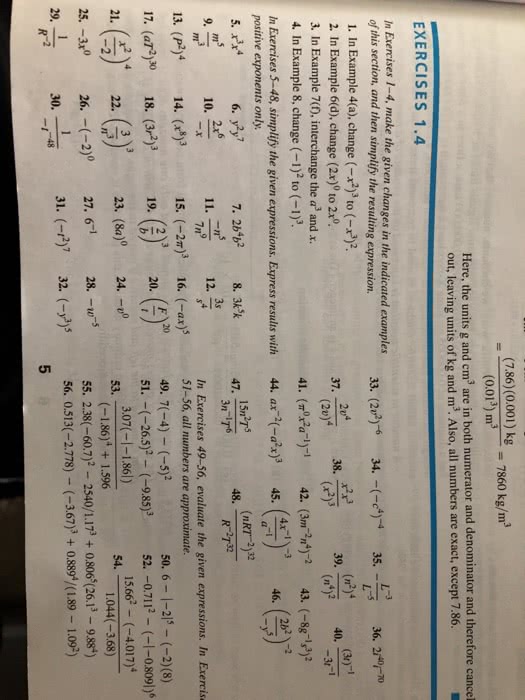MTH 231 Lecture Notes - Lecture 2: Propositional Calculus, Truth Table, Logical Biconditional
Document Summary
K2=(cid:884)2 (cid:885)2 (cid:886)2 (cid:887)2 k=2 (cid:2912) (1) f(cid:4666)k(cid:4667)= f(cid:4666)k+c(cid:4667) k=(cid:2911) (cid:2912) (2) f(cid:4666)k(cid:4667)= f(cid:4666)k c(cid:4667) k=(cid:2911) (cid:2912) (cid:2913) k=(cid:2911) (cid:2913) (cid:2912)+(cid:2913) k=(cid:2911)+(cid:2913) A proposition is a (cid:862)se(cid:374)te(cid:374)ce(cid:863) that decla(cid:396)es a state(cid:373)e(cid:374)t of fact that is eithe(cid:396) t(cid:396)ue o(cid:396) false but not both. Example propositions: 1+1=2 true, 1+1=3 false, the capital of alaska is anchorage false, the(cid:396)e"s (cid:1007) pe(cid:396)iods i(cid:374) a hockey ga(cid:373)e true. Non-propositions: where am i, go to your room, x + 2 = 3, 4x = y. When we wish to work with an arbitrary proposition we use propositional variables. (negation) (cid:1663) (and conjunction) (cid:1664) (or disjunction) The truth value of a proposition is denoted t for true and f for false. The logical operators allow us to make new propositions from the old ones. P: (cid:862)it is (cid:374)ot the case that p. (cid:863) (cid:862)not p. (cid:863) Lists all possible truth values of a compound proposition by considering all truth assignments of its sub propositions in a sweet little table.





